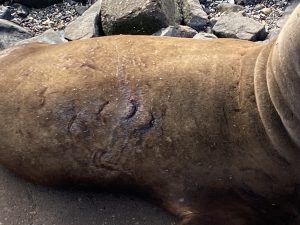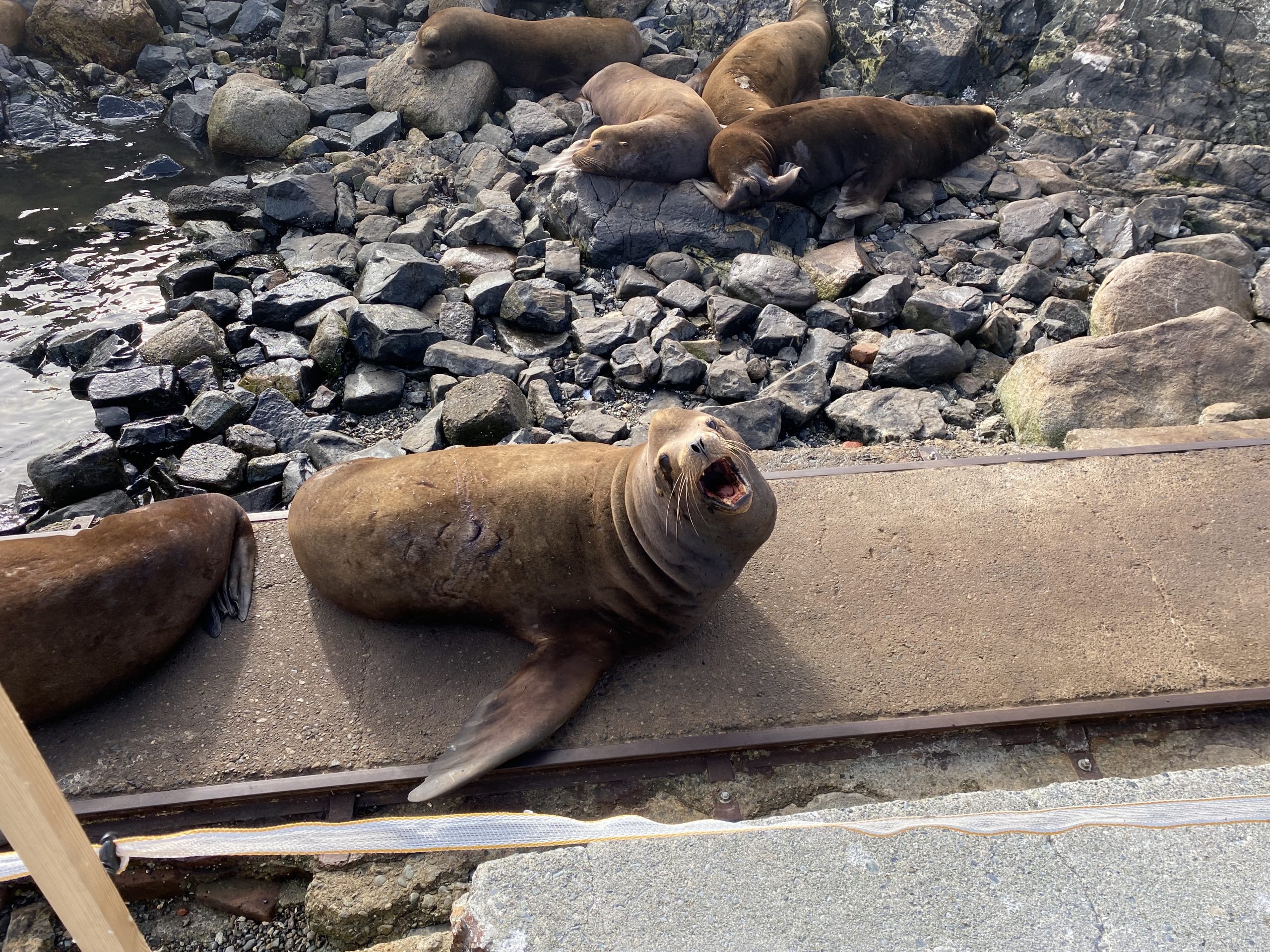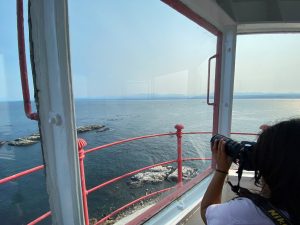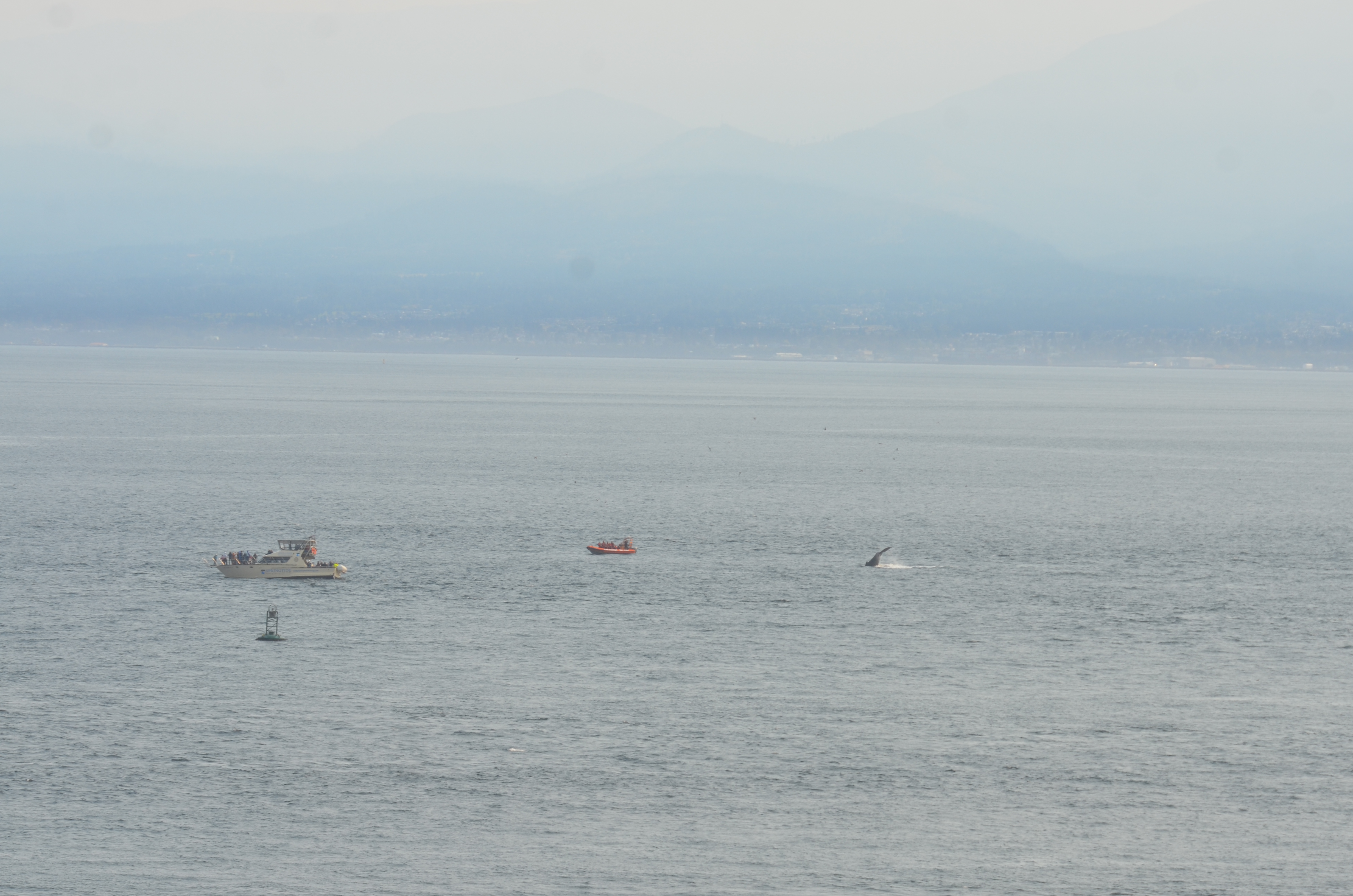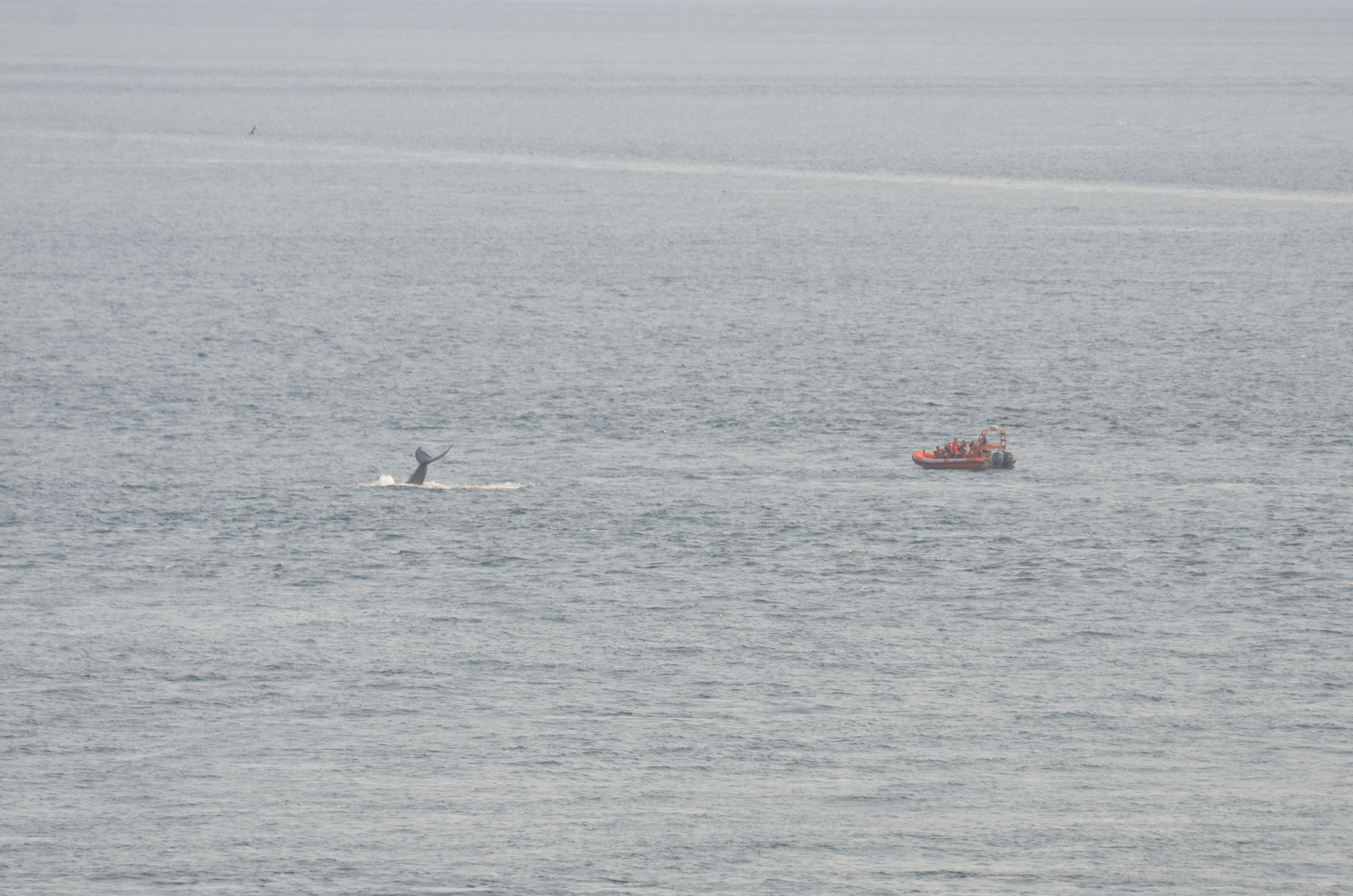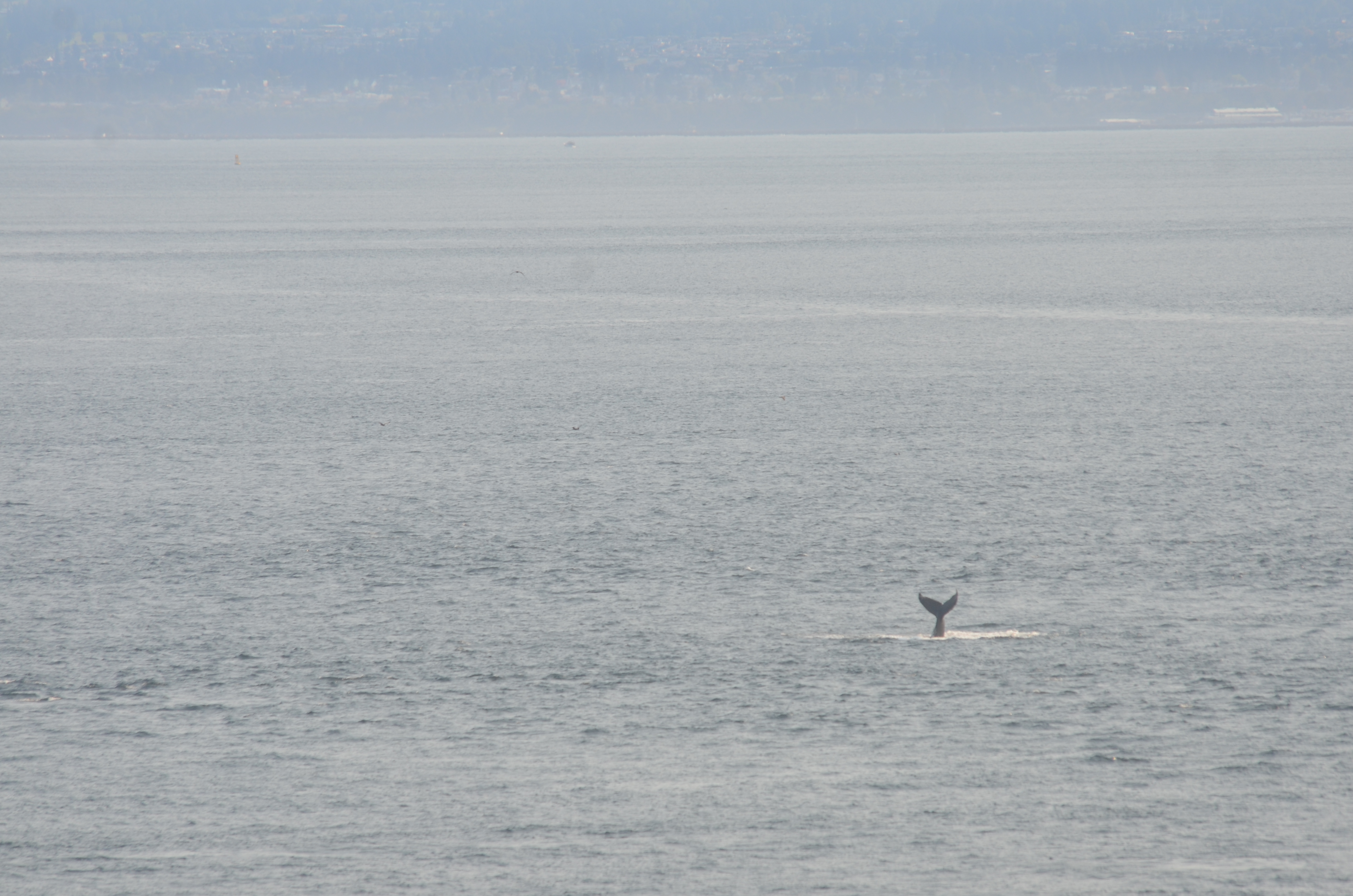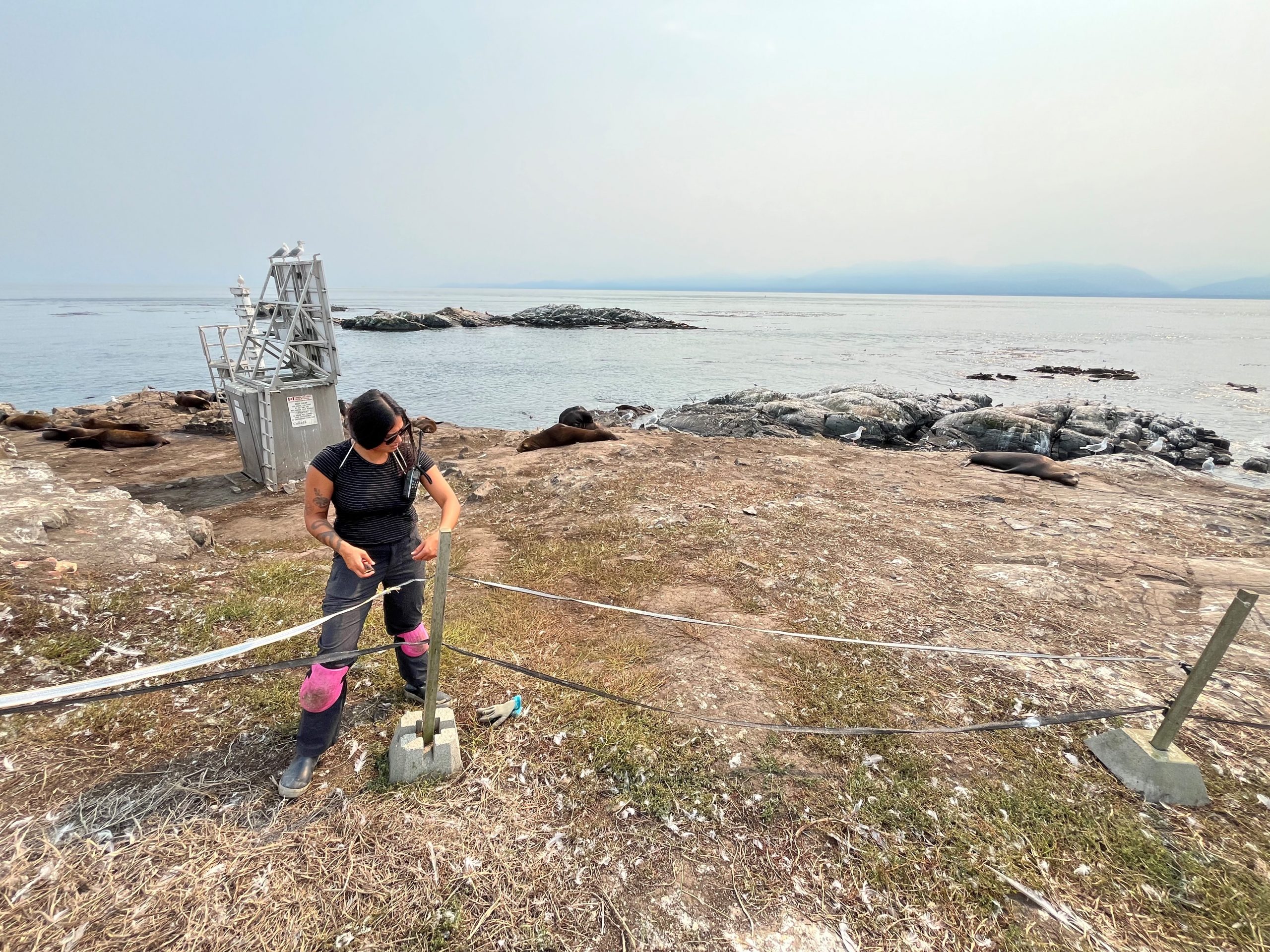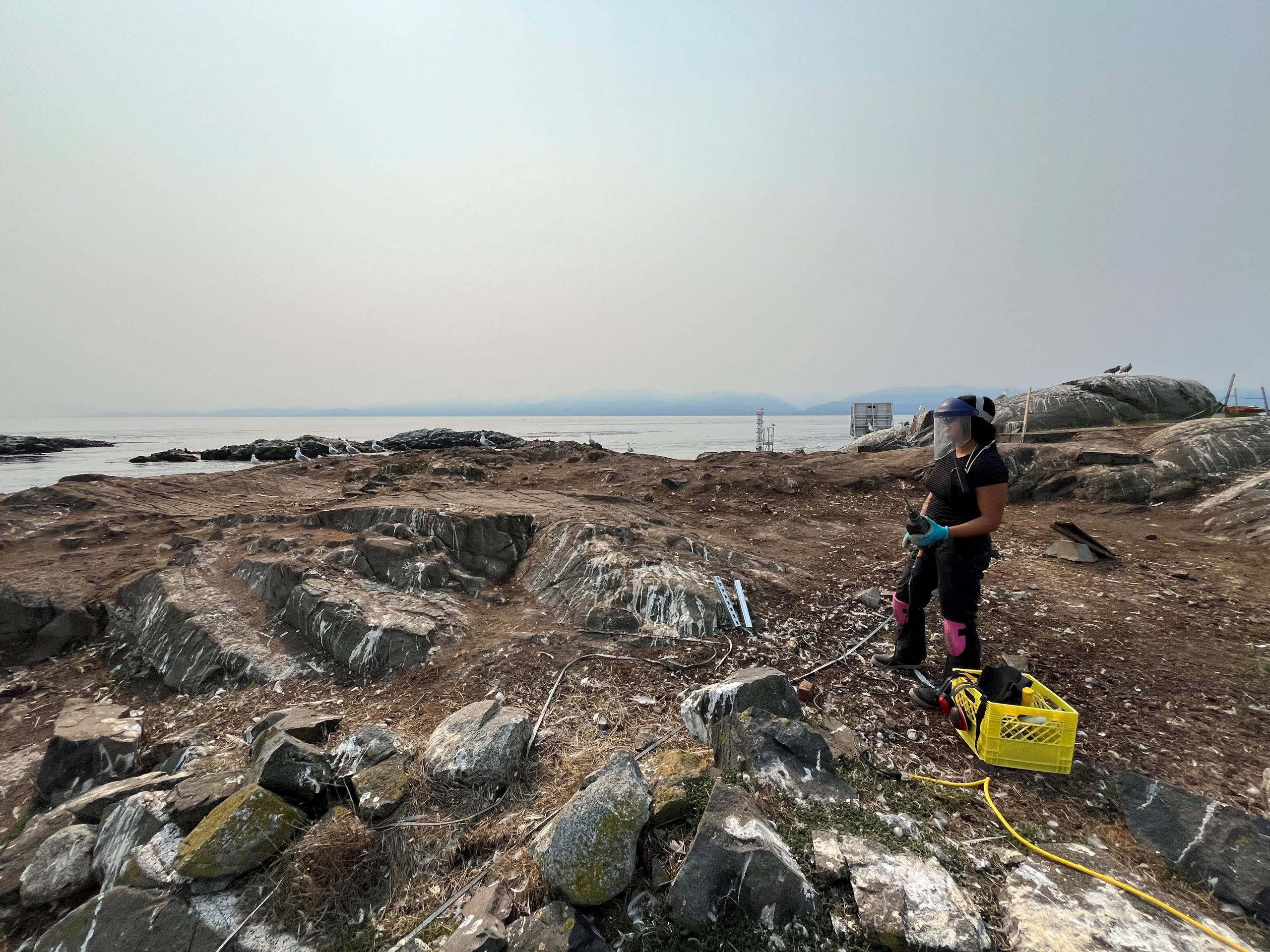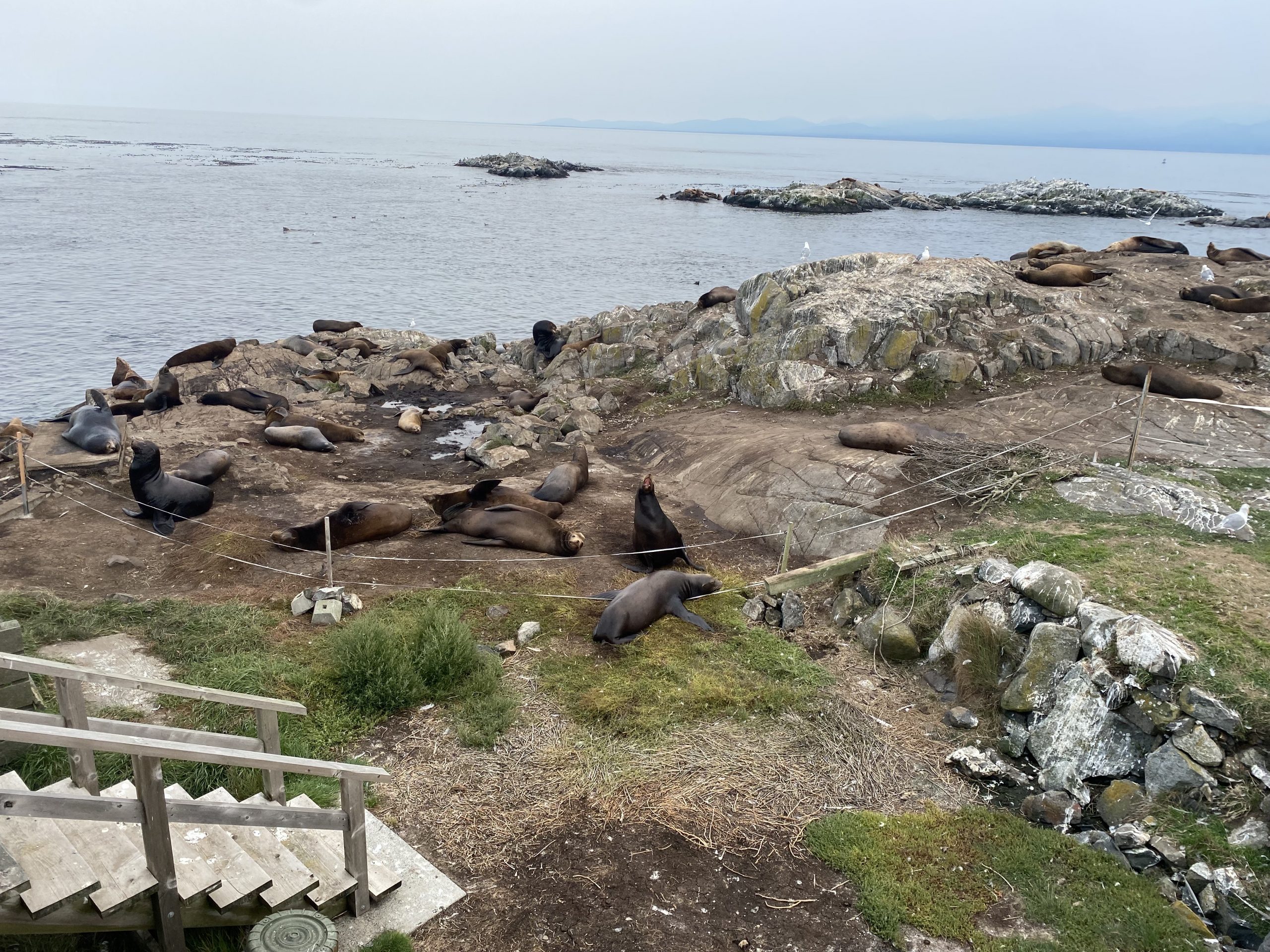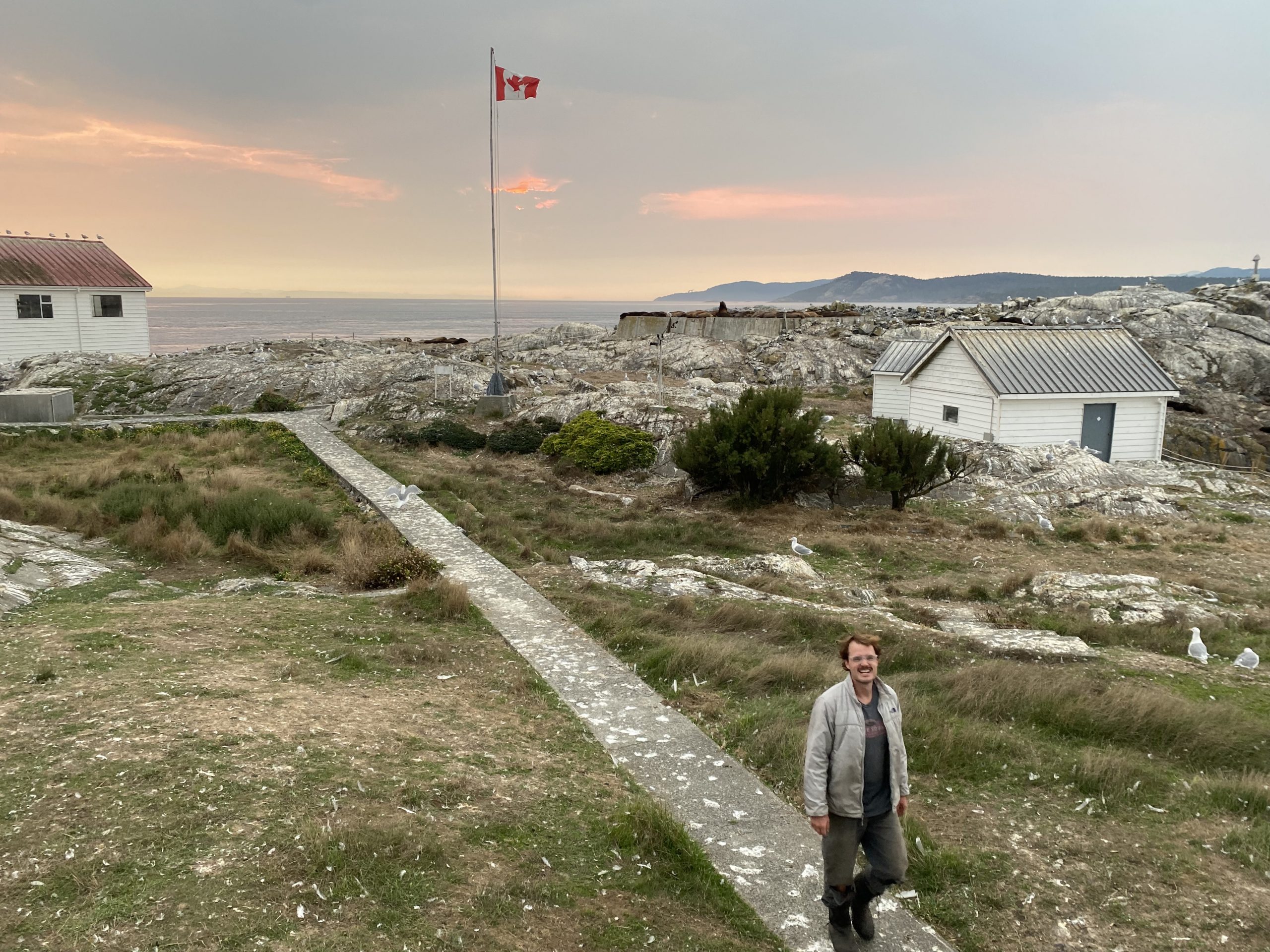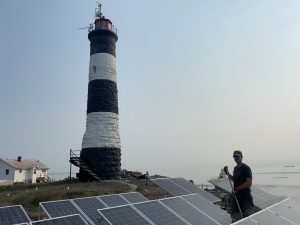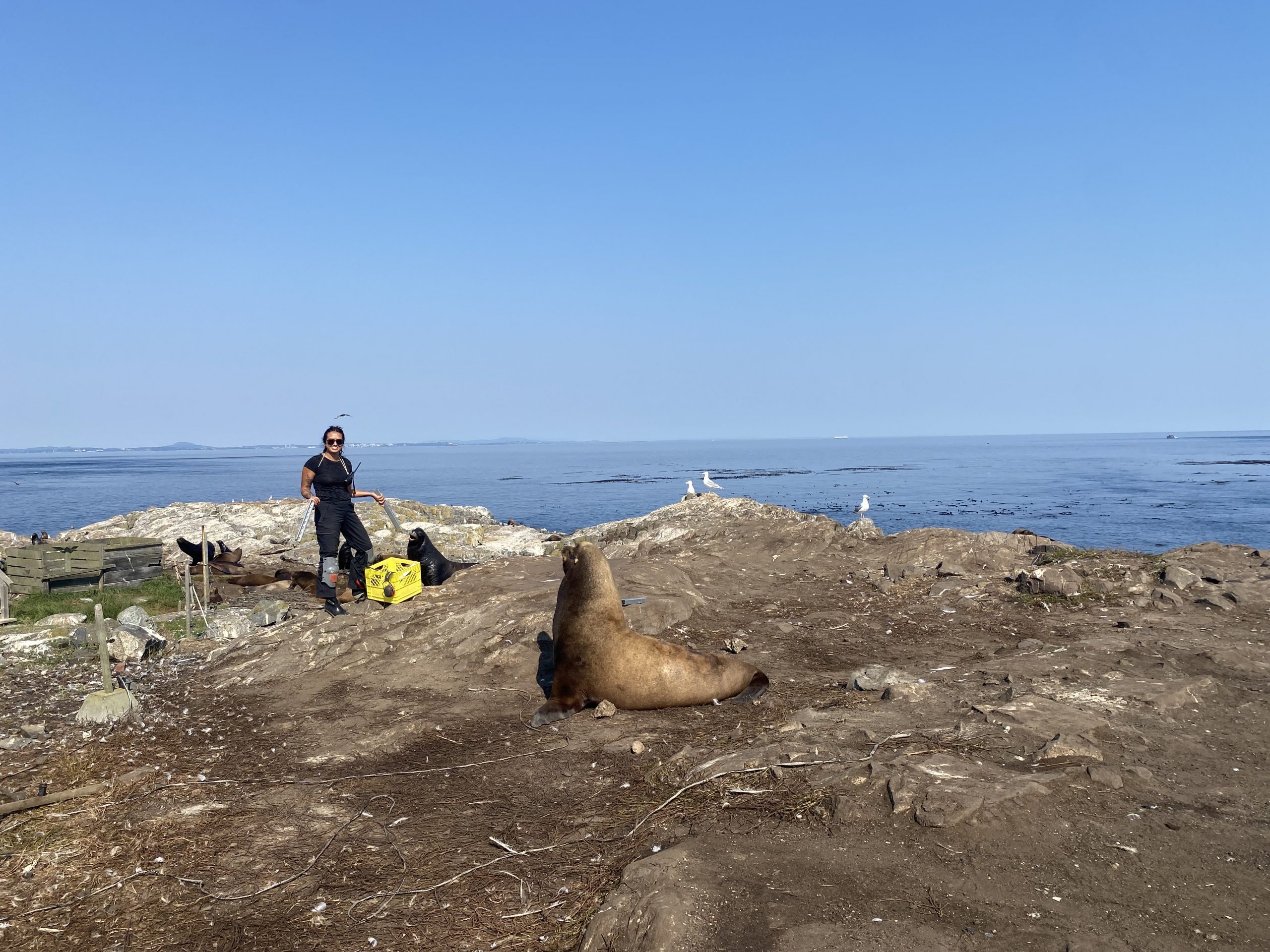Greetings, I’m James Tuohy. I’m here at the Race Rocks Reserve as a Relief Eco-Guardian for 2 weeks with my 16 year old daughter Annie. We were also here in August 2017 for 10 days. Prior to that, I did 3 or 4 relief tours here in the mid 1990’s. I was here in the mid 1990s. I was here on April 01/97 when the light station become “automated” after 137 years of faithful manning.
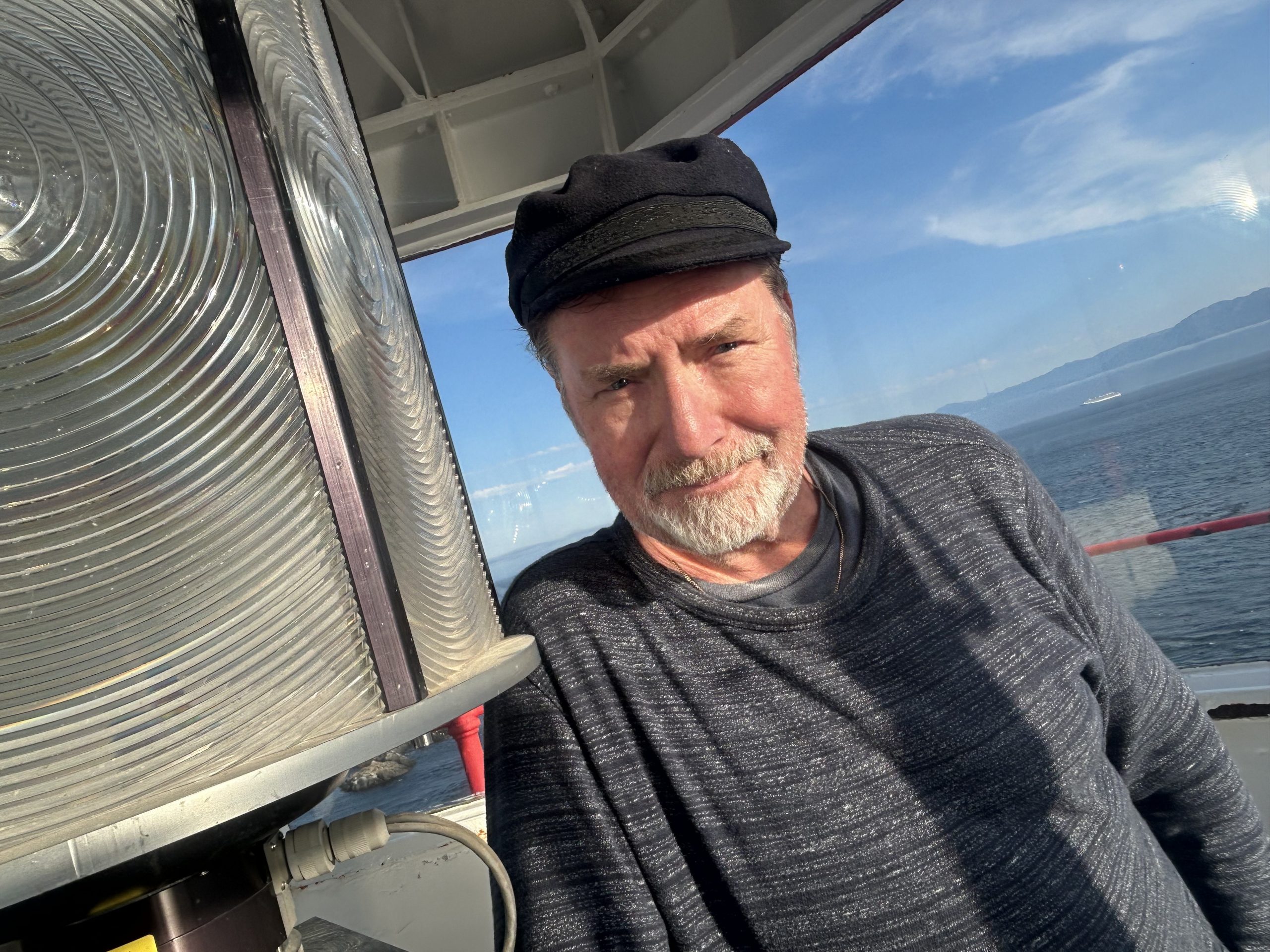
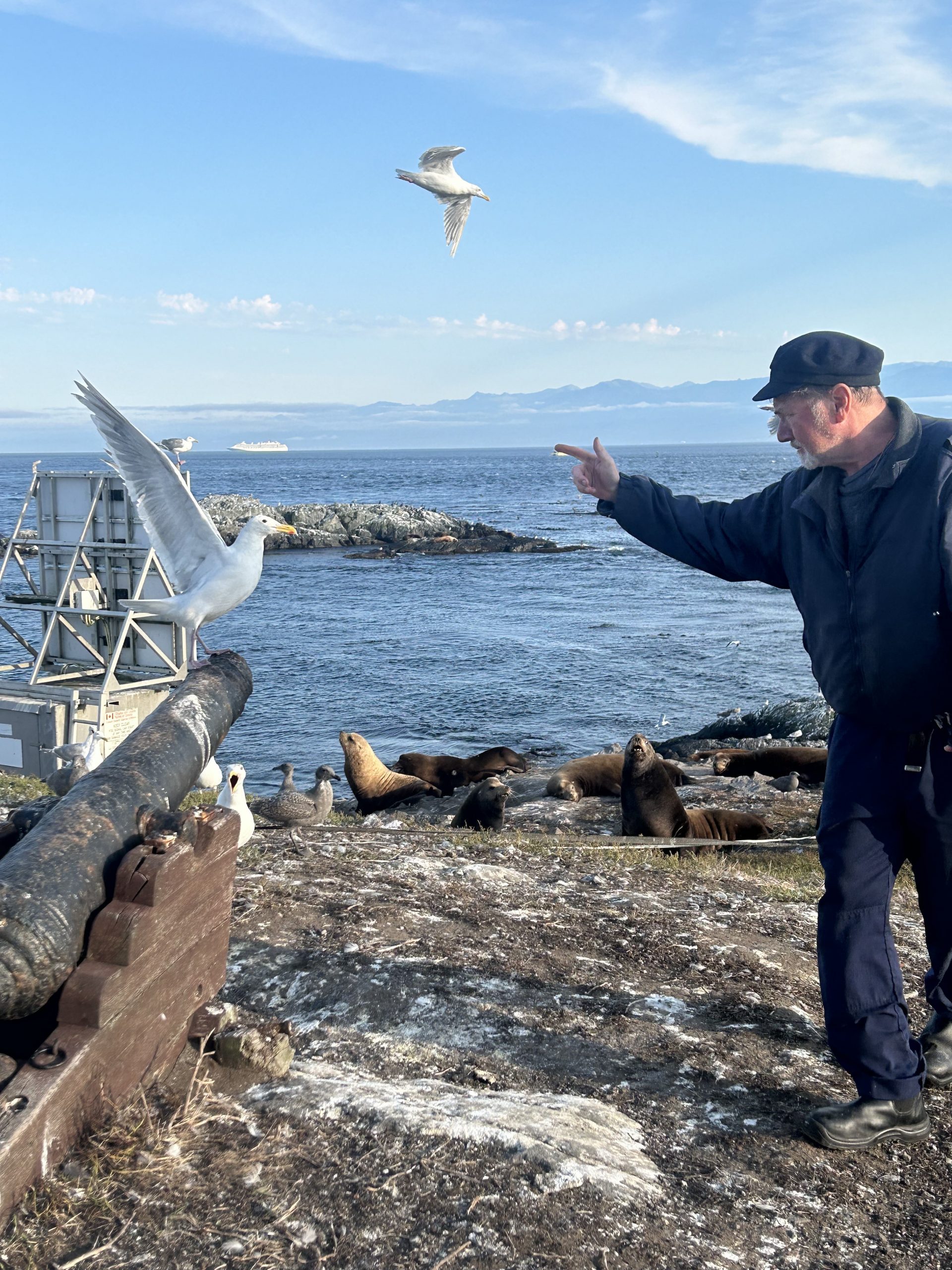
Sunday Aug 25th
- Afternoon fog – No Fog horn during fog event
- Ran the Generator
- Cleaned the main building
- Did animal census late afternoon
Weather: Cloudy with Breeze, Afternoon Fog to 1/8 mile
Monday, August 26th
Foghorn was again not sounding during quite a heavy fog. It did, however; pipe up during the evening. Narrowly missed a gull in flight while walking down to the engine room in the dark.
- Ran generator
- Water sample
- Cleaned solar panels in rain
Weather: Cloudy with light rain and wind. 1km of visibility.
Tuesday, August 27
Saw a mild Aurora Borealis just after midnight. Beautiful starry night.
- Water sample
- Washed windows of house
- Able to run entirely on solar
- Big clean up day of house and battery room
Weather: Partly cloudy, W 25
Wednesday, August 28
Half way through our short stint! Beautiful day with calm seas. Dealing with a broken refrigerator was the event of the day. Lots of whale activity caused an increase in tourism boats
- Ran station on solar only
- Cleaned the lens of the NW camera
- Cleaned solar panels
- Water sample
Weather: Partly Cloudy, Wind SE 08, Fine Wx
Thursday, August 29
There was a bull orca in the vicinity of the island today exhibiting lots of behaviour. Breaches, spy hopping, tail slapping etc. Lots of boats the see the action. Lovely sunset over Beechy Head, perfect weather.
- Engine room maintenance with Coordinator Greg
- Food management after fridge incident
- Water sample
- Cleaned solar panels
Weather: Partly Cloudy, Wind SE 07, Fine Wx
Friday, August 30
Perfect weather today. Two humpbacks were in the area spouting and showing tail flukes. Unfortunately, also saw a Stellar sealion that had eaten some salmon fishing gear.
- Water sample
- Cleaned solar panels
Weather: Partly Cloudy, Wind SE 07, Fine Wx
Saturday, August 31
New fridge arrived today. No sign of sealion that was caught up in fishing gear, hopefully they were able to spit it out.
- Ran generator
- Cleaned solar panels in the evening
- Water sample
Weather: Partly Cloudy, Wind SE 07, Fine Wx
Sunday, September 1
There were three humpback whales displaying lots of activity off the South end of the island. A couple of kayakers did a lap of the reserve. Three Biggs orcas right off the jetty. Bull, cow, and calf heading west. Did some updating of the safety marking around the island. Foghorn sounded for half an hour around 6pm. Weekly census was done today. Sealion population increased by 350!
- Water sample
- Cleaned solar panel
Weather: Cloudy, Wind to 20 knots W
Monday, September 2
3 Humpbacks feeding ½ mile to the south. Started to tidy house and pack for departure. Went over food inventory with upcoming guardian!
Weather: Cloudy, SE 8 AM, Swings to W 18
Tuesday, September 3
Socked in with fog in AM. No Horn, We left at 13:30 … Bye for now!
Weather: AM Fog, SW o7

